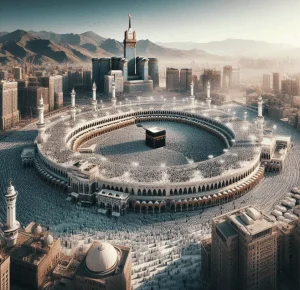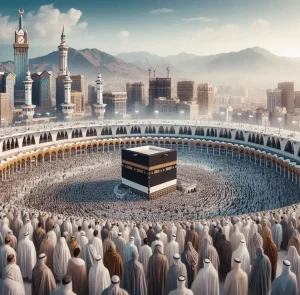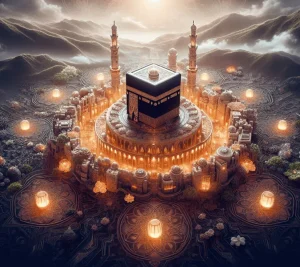What do the adhering to have in popular: a giant speckled blue globe a divine all-looking at eye a portrait of a fairy from Chinese mythology, and a mural of the 19th century French author Victor Hugo with the innovative Chinese leader Solar Yat-Sen and a 16th century Vietnamese poet, signing an alliance concerning God and humanity?
They are just some of the peculiar blend of things in the amazing Cao Dai Temple a single hundred kilometres northwest of Ho Chi Min Town in Tay Ninh province shut to the Cambodian border.
It is effectively worth the 3-hour excursion in the bumper-to-bumper traffic on the outskirts of HCMC and by means of the relatively uninteresting, flat rice paddies and fields, to expertise the Holy See of Caodaism in the village of Prolonged Hoa. Most excursions depart the city close to 8 am in buy to get there by 11 am to give people time to photograph both of those outdoors and within the temple ahead of the stunning midday prayer company which they are welcome to notice and photograph.
But what is Caodaism? ‘Cao dai’ indicates ‘high tower’ or the highest place in which god resides. Caodaism is referred to as the universal religion. It is a peculiar fusion of the beliefs of Buddhism, Taoism, Confucianism, Christianity and Islam, in addition a dose of spiritism and western philosophy. It was started in 1926 by a Vietnamese mystic known as Ngo Minh Chieu who claimed to have been presented revelations by God for the duration of a collection of seances.
The second you enter the complicated via an great gateway, your eyes are assaulted by a fantasy of pinks, yellows, blues and mirrored tiles gleaming in the solar. The temple is aspect Gothic cathedral and element pagoda with the Great Divine Eye – image of God – beaming down from in between two sq. towers. On the pagoda-style roof is a Buddha and what appears to be like the leading of an Islamic minaret with a hemisphere of the entire world and a legendary creature of some kind. There are verandahs and balconies, images of saints and a strange mixture of other symbols and icons these types of as fluorescent lotuses and yellow snarling lions.
The within of the temple appears to be like something seen in a drug-induced hallucination. It glows with the 3 principal colors of Caodaism: yellow (Buddhism), blue (Taoism) and purple (Confucianism) and its decor is a blend of Baroque and Oriental. Although its principal structure resembles a typical Christian cathedral, it has a blue ceiling scattered with clouds and a dome of heaven. The central nave is bordered by twenty-8 salmon pink columns entwined with inexperienced mosaic dragons to signify the variety of manifestations of the Buddha. The Fantastic Divine Eye is in all places, most spectacularly on the huge globe beneath the ceiling dome. There are paintings of saints, Chinese unicorns, phoenixes and turtles, far more depictions of the lotus and 7-headed cobras symbolizing the seven human emotions, and two pulpits comparable to those people in mosques. In entrance of the altar are seven gilt and red chairs.
Nicely in advance of midday, officials dressed in white, usher barefooted readers up the rear stairs to the accompaniment of stringed instruments and a choir of young ladies. As the people acquire together the facet galleries that forget about the major hall, they are urged to sustain a respectful silence. What follows is a surreal knowledge. The lay worshippers, in pristine white robes, enter first and line up in rows on the beautiful ceramic tiled ground, the males on the correct and the women of all ages on the left. Then all those with the rank of priest, bishop and cardinal (like the catholic hierarchy), enter in billowing coloured robes with variously formed headdresses emblazoned with the Divine Eye. The colors of their robes replicate their have distinct religious allegiance in just the sect: yellow for the virtue of Buddhism, blue for the pacifism of Taoism and pink for the authority of Confucianism. These large-ranking followers line up in the centre and then all sit and the prayer/meditations get started.
In advance of leaving, readers can wander the rest of the Cao Dai complicated that incorporates beautiful gardens, administrative buildings, residences of adepts and a medical center for standard Vietnamese medical treatment options.
This just one-working day excursion is undoubtedly a spotlight of any stop by to Ho Ch Min Town.






More Stories
Experience the Incredible Peace of Hajj USA with a Journey of a Lifetime
The Ultimate Guide to a Joyful Hajj for Kids
Unlock the Inspiring Power of the Hajj Islam Definition for a Meaningful Journey